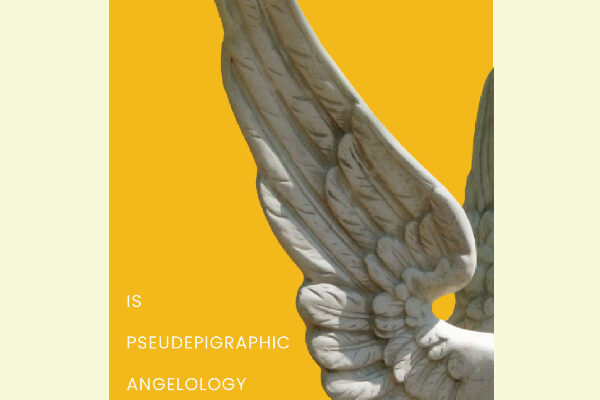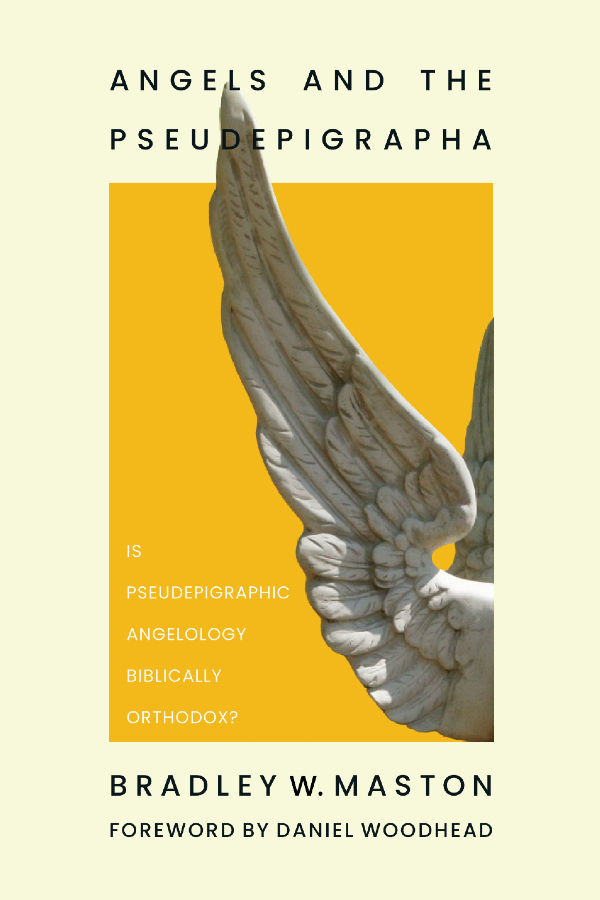Angels and the Pseudepigrapha
The International Society for Biblical Hermeneutics has published a dissertation that Bradley Maston wrote at Scofield Biblical Institute on the angelology of the pseudepigrapha.
See an interview with Dr. Maston here.
You may purchase the book on Dr. Maston’s Amazon page here.
From the foreword:
Dr. Maston has made a major contribution to the dispensational community with this book. He has affirmed the value of the Jewish Pseudigraphic writings to us. For far too long we have relegated this corpus of documents to the same category as the Apocrypha. Partially this is because of the non-canonical nature of the Apocrypha and Rome’s reliance upon them as canonical. Since 1546 the Roman Catholic Church has considered certain of these books to be inspired and on par with the Old Testament. These are, specifically, Tobit, Judith, Wisdom, Ecclesiasticus, Baruch, I and II Maccabees, and some supplements to Esther and Daniel. No other religious group except Rome considers any of these books to be a part of their Bible. The Jews who wrote them did not consider them to have any significant value.
Merrill F. Unger in reference to the Apocrypha has stated:
Certainly, a book that contains what is false in fact, erroneous in doctrine or unsound in morality, is unworthy of God and cannot have been inspired by Him. Tried under these criteria the Apocryphal books stand self-condemned.[1]
Since Dr. Unger has been one of the most important and influential teachers of the Bible within the dispensational community, his observations have been rightly carried forth for many decades. However, it has also been carried forth—mistakenly and unintended by him—to include the Pseudigraphia. They are an entirely different set of documents. These documents, many of which have been found in the Dead Sea Scrolls, have been shown to have great value, both to show Jewish theology in the intertestamental period and for the additional light they provide to the Scriptures.
They are not canonical but as a set of reference material, they shed much light on the biblical text and are in agreement with it, as Dr. Maston shows us through their treatment on the subject of Angelology. To add to the misunderstanding of these texts the liberal scholars in their criticism of the Bible use the Pseudepigrapha to substantiate doubts and attacks upon the uniqueness and reliability of Scripture. This attack on the Scripture and the Pseudepigrapha has led many in the dispensational community to avoid this body of texts and even cite them as dangerous. All of which is patently false.
From Rome’s acceptance of them into their Bible and the liberals’ use of them to attack the Bible, it has been easier to avoid them than to embrace them for their true value as a reference resource.
My prayer is this book will enlighten our community of dispensational scholars with a fresh perspective on a set of books that reveal much for us.
Daniel E. Woodhead, Ph.D.
President of Scofield Biblical Institute & Theological Seminary
[1] Merrill F. Unger, Introductory Guide to the Old Testament, p. 109.


